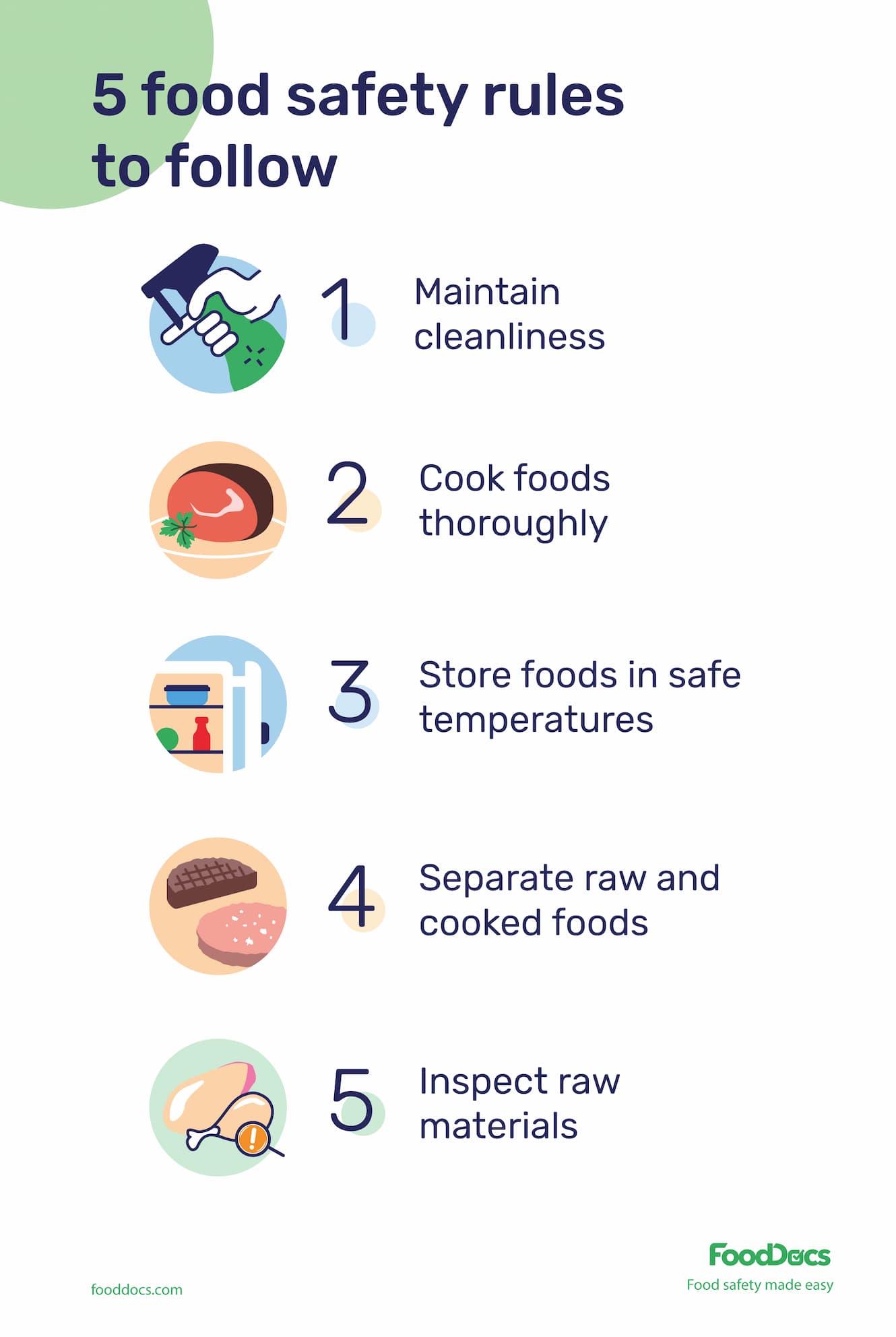
Safeguarding Plates: The Crucial Role of Food Safety Laws
In the intricate dance between producers, distributors, and consumers, Food Safety Laws take center stage, ensuring that the journey from farm to plate is not only delicious but also safe. These laws form the backbone of a system that prioritizes public health and the prevention of foodborne illnesses.
The Foundations of Food Safety Laws
At their core, Food Safety Laws are a set of regulations designed to govern the production, handling, and distribution of food products. These laws vary across jurisdictions but share a common goal: to establish standards that minimize the risk of contamination, ensure transparency, and protect consumers from harm.
Farm to Fork Oversight
Food Safety Laws extend their reach across the entire food supply chain, from the farms where crops are cultivated to the restaurants where meals are served. This comprehensive oversight aims to identify potential hazards at every stage, mitigating risks and upholding the integrity of the food supply.
Regulatory Agencies and Enforcement
Enforcing Food Safety Laws falls into the hands of regulatory agencies, such as the Food and Drug Administration (FDA) in the United States. These agencies set standards, conduct inspections, and ensure that food businesses comply with safety regulations. Compliance is not merely a choice; it’s a legal obligation.
HACCP: A Pillar of Food Safety
Hazard Analysis and Critical Control Points (HACCP) stands as a fundamental approach within Food Safety Laws. This systematic preventive strategy identifies, evaluates, and controls hazards throughout the food production process. HACCP ensures a proactive rather than reactive approach to food safety.
Labeling Requirements and Consumer Information
Transparent communication is a key aspect of Food Safety Laws. Labeling requirements mandate that food products provide accurate information about ingredients, nutritional content, and allergens. This empowers consumers to make informed choices and safeguards those with dietary restrictions or allergies.
Foodborne Illness Outbreak Response
When outbreaks occur, swift response becomes imperative. Food Safety Laws outline protocols for investigating and managing outbreaks, with the goal of identifying the source, preventing further contamination, and protecting the public. These response mechanisms are critical to containing potential health threats.
International Cooperation and Standards
Given the global nature of the food industry, international cooperation is vital. Food Safety Laws often align with international standards to facilitate trade while maintaining safety. Harmonizing regulations on a global scale enhances the effectiveness of food safety measures.
JossLawLegal: Guiding Businesses Through Compliance
For businesses navigating the labyrinth of Food Safety Laws, JossLawLegal provides specialized guidance. Their expertise assists food businesses in understanding and adhering to the intricacies of food safety regulations, ensuring legal compliance and the well-being of consumers.
Emerging Technologies and Traceability
As technology advances, so do the tools available for ensuring food safety. Traceability technologies, such as blockchain, are increasingly integrated into Food Safety Laws. These innovations enhance the ability to track the journey of food products, aiding in swift and precise recalls if needed.
The Future of Food Safety
As the global food landscape continues to evolve, so too will Food Safety Laws. Anticipating and adapting to emerging challenges, such as climate change impacts and new food production methods, will be crucial. The future holds a commitment to continually enhancing the safety net that protects our plates.
Navigating the Culinary Landscape Safely
In the world of gastronomy, where flavors dance and textures entice, the importance of Food Safety Laws cannot be overstated. Navigating this culinary landscape safely requires a collective commitment to compliance, transparency, and a shared responsibility to ensure that every plate served is a delectable and, above all, safe experience.


